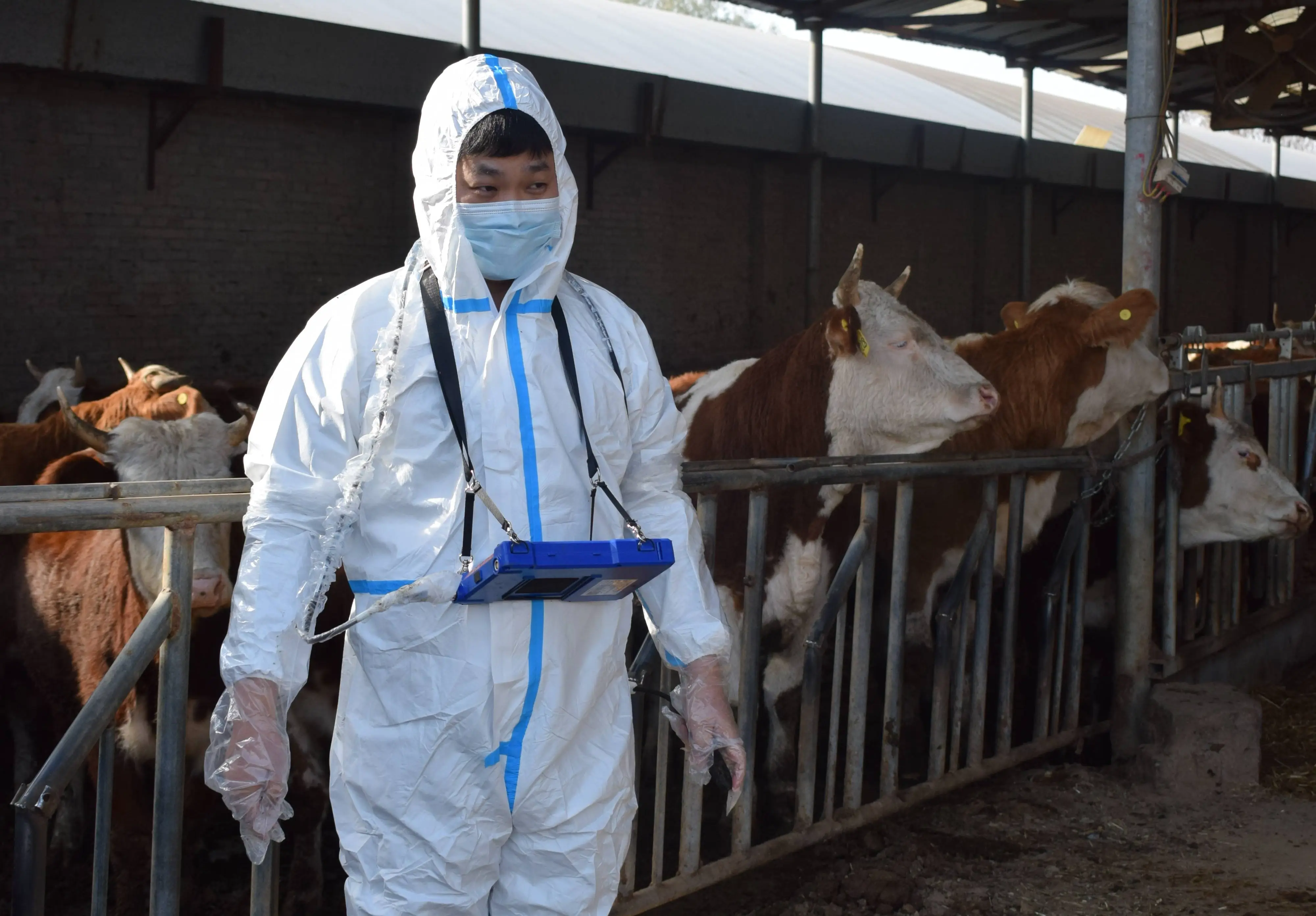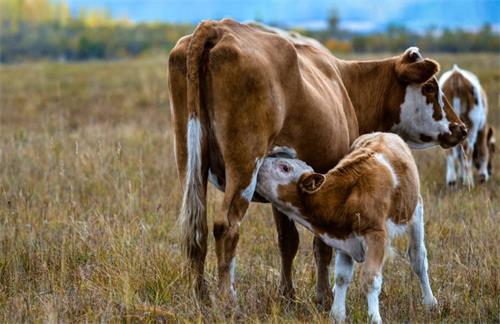The cultivation and management of rearing reserve cows has not received much attention, so that although they have reached the breeding age, their weight and body size vary greatly. It is important to frequently use cattle B-ultrasound to check the body condition of cows. When rearing cows are first mated, they should not only consider the age standard, but also whether the weight and body size indicators meet the standards. If the rearing cows are underweight at birth, the strong lactation endurance and additional growth needs of primiparous cows mean that the nutritional needs of rearing cows are higher than those of adult dairy cows. It is very meaningful for cows to use cattle B-ultrasound to check their body condition. Weight and body size are the main factors affecting material intake. Lack of sufficient growth will limit the increase in feed intake, increase the negative nutritional balance of primiparous cows, delay the weight loss period, and lead to long-term estrus and reproductive disorders. It is also necessary to use cattle B-ultrasound to observe the condition of their ovaries.

Improper feeding and management is also one of the main causes of reproductive disorders. For example, various factors that stress dairy cows, including random changes in feeding methods, high temperature and humidity, low temperature and cold stress, noise pollution, poor environmental hygiene of cow sheds, and lax environmental disinfection, directly affect the production and reproductive performance of dairy cows, and may lead to reproductive disorders. In the management process, it is necessary to use cattle B-ultrasound for pre-departure examinations. Therefore, strengthening feeding management and improving comprehensive supporting technologies for dairy cow reproduction can effectively reduce dairy cow reproductive disorders.
The losses caused by cow reproductive disorders to farmers and ranches are huge and the reasons are complex, so comprehensive considerations must be taken when preventing and controlling them. Improving the level of feeding management, from mating technology, estrus observation, cattle B-ultrasound pregnancy examination after mating (20 days and 60 days), timely treatment of diseases and balanced supply of feed nutrition, timely monitoring and inspection of dairy cows before and after reproduction, and examination of the reproductive system of cows with cattle B-ultrasound are very important, and establishing corresponding management records can effectively improve the production performance of dairy cows, thereby reducing and reducing the losses caused by reproductive disorders.








